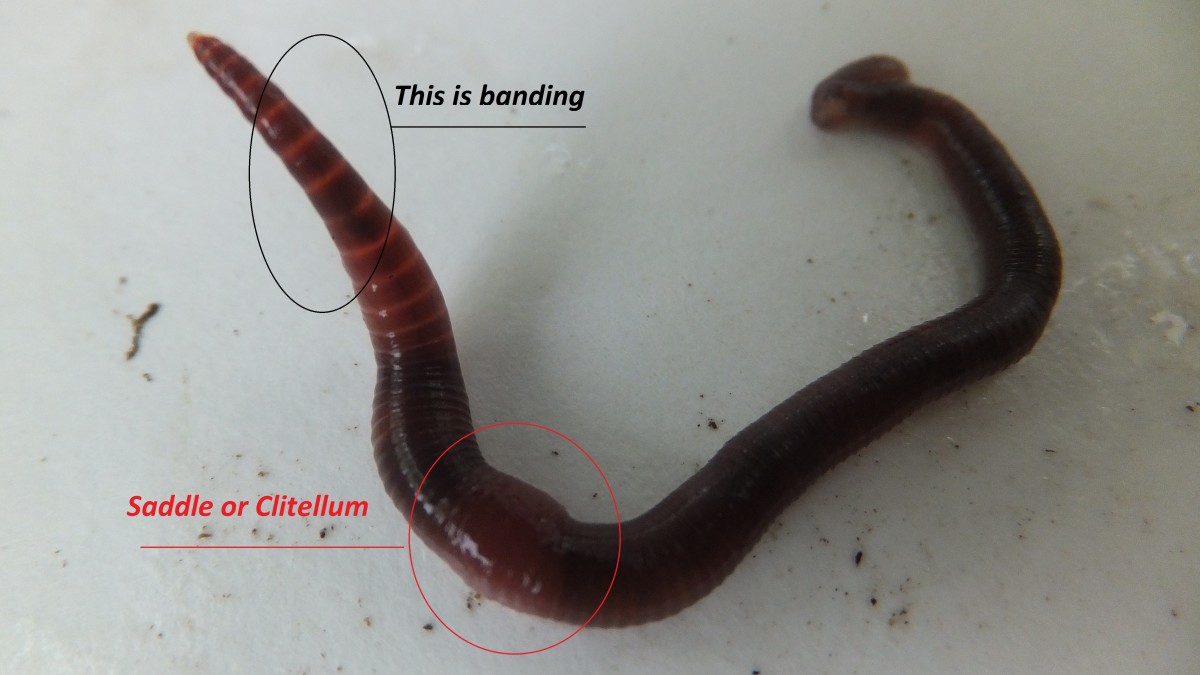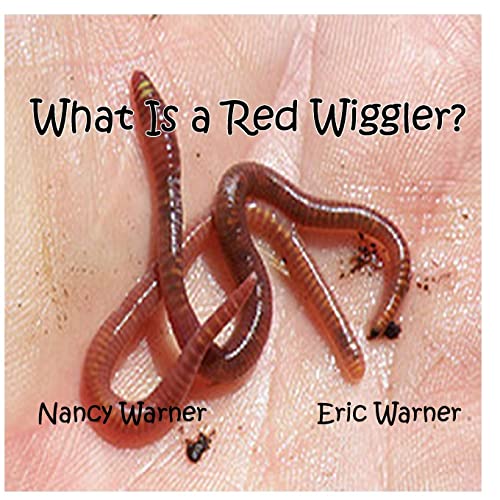Enjoy Healthy, Thriving Grass with the Help of Red Wiggler Express Lawn Care Services
Enjoy Healthy, Thriving Grass with the Help of Red Wiggler Express Lawn Care Services
Blog Article
Red Wigglers: The Unsung Heroes of Organic Waste Recycling
Red wigglers, or Eisenia fetida, offer as critical agents in the natural waste recycling process, transforming thrown out products into valuable vermicompost. As the globe progressively looks for services to battle waste buildup and improve agricultural productivity, understanding the role of these worms ends up being necessary.
What Are Red Wigglers?
The remarkable strength of red wigglers, clinically referred to as Eisenia fetida, highlights their essential duty in organic waste recycling. These tiny, reddish-brown earthworms are typically discovered in breaking down natural matter, such as compost heap and manure heaps. Lake Hickory Bait. Unlike other earthworm varieties, red wigglers flourish in nutrient-rich environments and are very effective at damaging down organic products, making them crucial for vermicomposting

(Red Wiggler Express)In addition to their duty in waste decrease, red wigglers add to soil health and wellness by improving dirt framework and oygenation through their burrowing tasks (Lake Hickory Bait). Their visibility in composting systems not only enhances decomposition rates however also promotes a sustainable method to squander administration, illustrating their importance in ecological conservation efforts
Benefits of Composting With Worms
Composting with worms, especially red wigglers, supplies various advantages that enhance both waste monitoring and soil health. First, these worms successfully break down natural waste, transforming it right into nutrient-rich vermicompost that improves dirt. This procedure speeds up decay, permitting a quicker recycling of kitchen scraps and other natural products contrasted to typical composting approaches.
Furthermore, the vermicompost created by red wigglers is brimming with beneficial microorganisms, which help boost dirt structure, oygenation, and moisture retention. This improves the overall health of plants, promoting vigorous development and raised yields in gardens and agricultural settings. Additionally, using worms in composting decreases the manufacturing of greenhouse gases, such as methane, adding to a much more sustainable waste monitoring system.

How to Begin Vermicomposting
Developing a vermicomposting system is a simple process that can yield considerable benefits for both waste administration and dirt enrichment. To start, choose an ideal container, such as a plastic container or wooden box, with ample air flow openings to make certain correct airflow. The dimensions need to preferably be about 2 feet by 3 feet, permitting enough space for the worms to prosper.
Following, prepare bed linen material, which can consist of shredded newspaper, cardboard, or coconut coir. This bed linens should be dampened to develop an ideal environment for the worms. Once the bed linen is in place, introduce red wigglers (Eisenia fetida) right into the container, normally around one extra pound of worms for each square foot of surface area.
Adhering to the positioning of worms, include natural waste, such as vegetables and fruit scraps, coffee grounds, and crushed eggshells. Prevent adding dairy, meat, or oils, as these can develop smells and bring in parasites. Lastly, position the bin in a shaded, temperature-controlled location to keep optimum problems for worm activity. With these actions, you will properly initiate a vermicomposting system that contributes to lasting waste administration and enriches your dirt.
Maintaining a Healthy And Balanced Worm Bin
(Lake Rhodhiss Bait)Keeping a worm container prospering calls for routine attention and treatment to guarantee the wellness of the red wigglers and the efficiency of the composting procedure. Proper upkeep starts with keeping an eye on the moisture degrees; the bin must be damp however not saturated. A great rule of thumb is to keep an uniformity comparable to a wrung-out sponge.
Delicately blending the bedding and food scraps every few weeks protects against compaction and ensures that all worms have access to oxygen. Furthermore, it is crucial to feed the worms appropriately.
If the bin ends up being as well hot or cold, the worms may become worried. By faithfully taking care of these variables, one can keep a robust and productive worm container.
Effect On Sustainable Living
The successful upkeep of a worm bin not just profits the wellness of red wigglers however likewise adds dramatically to lasting living methods. By reusing organic waste, such as kitchen scraps and backyard debris, red wigglers help draw away significant amounts of material from land fills. This reduction in waste not just lowers greenhouse gas discharges but additionally minimizes the ecological problem connected with waste monitoring.
Additionally, the castings generated by red wigglers function as a nutrient-rich organic plant food, improving dirt health and wellness and promoting plant development. This natural choice to chemical fertilizers sustains sustainable farming and gardening practices, minimizing reliance on artificial inputs that can harm ecological communities. Furthermore, worm composting fosters understanding of waste management, motivating people and neighborhoods to adopt even more lasting practices.

Final Thought
In summary, red wigglers offer as essential factors to organic waste recycling through their effective decomposition of natural products. By integrating vermicomposting into waste monitoring techniques, people and communities can significantly decrease waste while advertising ecological sustainability.
Report this page